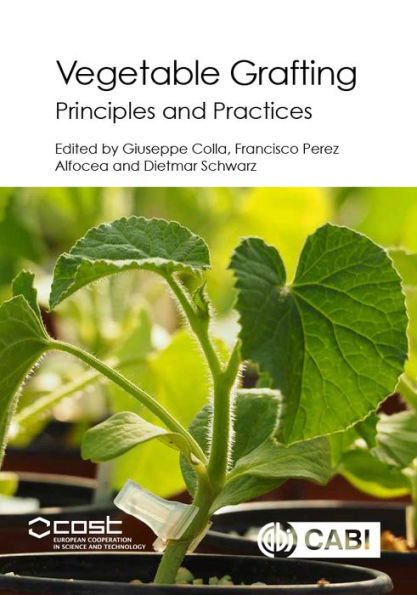Vegetable Grafting: Principles and Practices
Vegetable grafting is gaining considerable interest in research and practice as an alternative to fumigants, which are being phased out, to protect crops from soil-borne diseases. This book is derived from an EU COST action project and reviews the latest developments in the science and practices of vegetable grafting. Although aimed mainly at researchers, it is also concerned with translating the science into the field, hence the "practices" part which will be valuable to highly trained practitioners and extension workers.
1125462960
Vegetable Grafting: Principles and Practices
Vegetable grafting is gaining considerable interest in research and practice as an alternative to fumigants, which are being phased out, to protect crops from soil-borne diseases. This book is derived from an EU COST action project and reviews the latest developments in the science and practices of vegetable grafting. Although aimed mainly at researchers, it is also concerned with translating the science into the field, hence the "practices" part which will be valuable to highly trained practitioners and extension workers.
152.05
In Stock
5
1

Vegetable Grafting: Principles and Practices
296
Vegetable Grafting: Principles and Practices
296
152.05
In Stock

From the B&N Reads Blog
